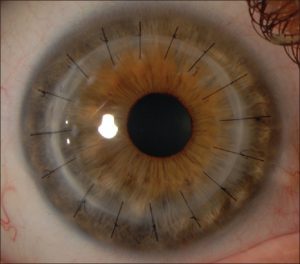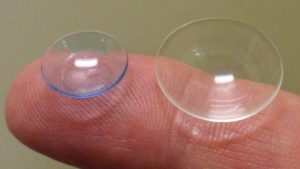Specialty Lenses for the Treatment of KC, PMD, and Surgical Complications
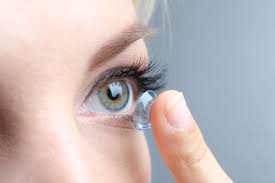
As many as one in 2000 people suffer with Keratoconus (KC) which is a vision problem caused by an irregular cone-shaped cornea. This can cause blurred vision, glare or halos and an inability to be helped by wearing spectacles. Keratoconus can start at an early age and progress over time. Many people who have keratoconus complain that glasses do not seem to work as well as they think they should and “the doctor never gets the prescription right.” Most people who suffer from this disease have no pain or discomfort from the condition. Keratoconus is a multi-factorial condition which means both a patient’s genes and her environment contribute to this condition.
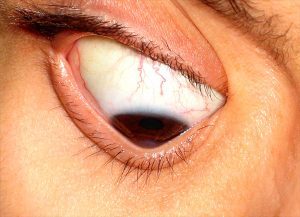 Pellucid Marginal Degeneration (PMD) is a similar condition to Keratoconus but more rare and is usually located at the inferior portion of the cornea. PMD is usually slow to change and because of the location of the irregularity in cornea. Both PMD and Keratoconus can be diagnosed by your eye doctor using topography which maps the front surface of your eye to locate corneal conditions that keep you from seeing your best. Here at The Westbrook Vision Center, every patient who comes to our clinic is screened using a topographer and aberrometer to look for corneal abnormalities.
Pellucid Marginal Degeneration (PMD) is a similar condition to Keratoconus but more rare and is usually located at the inferior portion of the cornea. PMD is usually slow to change and because of the location of the irregularity in cornea. Both PMD and Keratoconus can be diagnosed by your eye doctor using topography which maps the front surface of your eye to locate corneal conditions that keep you from seeing your best. Here at The Westbrook Vision Center, every patient who comes to our clinic is screened using a topographer and aberrometer to look for corneal abnormalities.
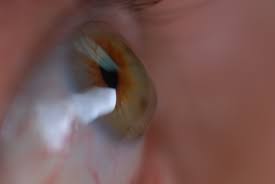 Post surgical complications can arise from time to time after corneal surgeries such as radial keratotomy (RK), Laser-Assisted In Situ Keratomileusis (LASIK), Penetrating Keratoplasty (PK) and other corneal procedures. Sometimes the best course of action in these cases isn’t more surgery but instead turning to specialty lenses to correct the above complications and improve vision by optically replacing the irregular shape of the cornea with a smooth, uniform surface that enables light to form a sharper focus on the retina.
Post surgical complications can arise from time to time after corneal surgeries such as radial keratotomy (RK), Laser-Assisted In Situ Keratomileusis (LASIK), Penetrating Keratoplasty (PK) and other corneal procedures. Sometimes the best course of action in these cases isn’t more surgery but instead turning to specialty lenses to correct the above complications and improve vision by optically replacing the irregular shape of the cornea with a smooth, uniform surface that enables light to form a sharper focus on the retina.
Drs Deemer and Smith fit a wide variety of gas perm, scleral and soft lenses made for irregular corneas. Our goal is to give you the sharpest vision and best comfort that can be offered. Our office will work with your medical insurance and/or vision insurance. Feel free to call us to schedule a specialty fit consultation today.

